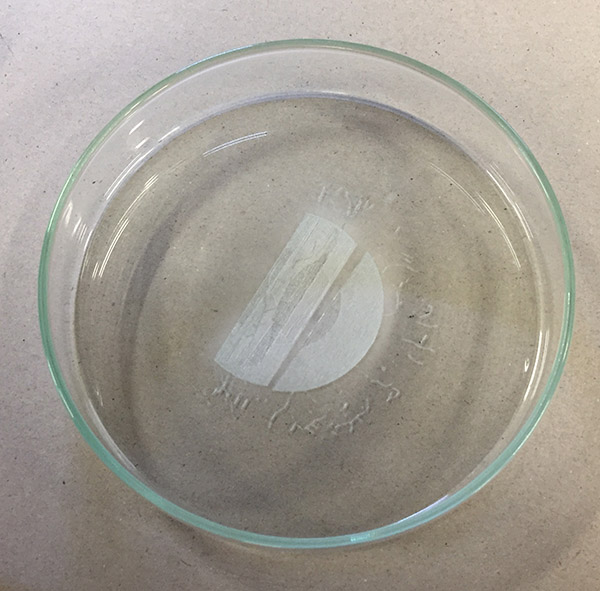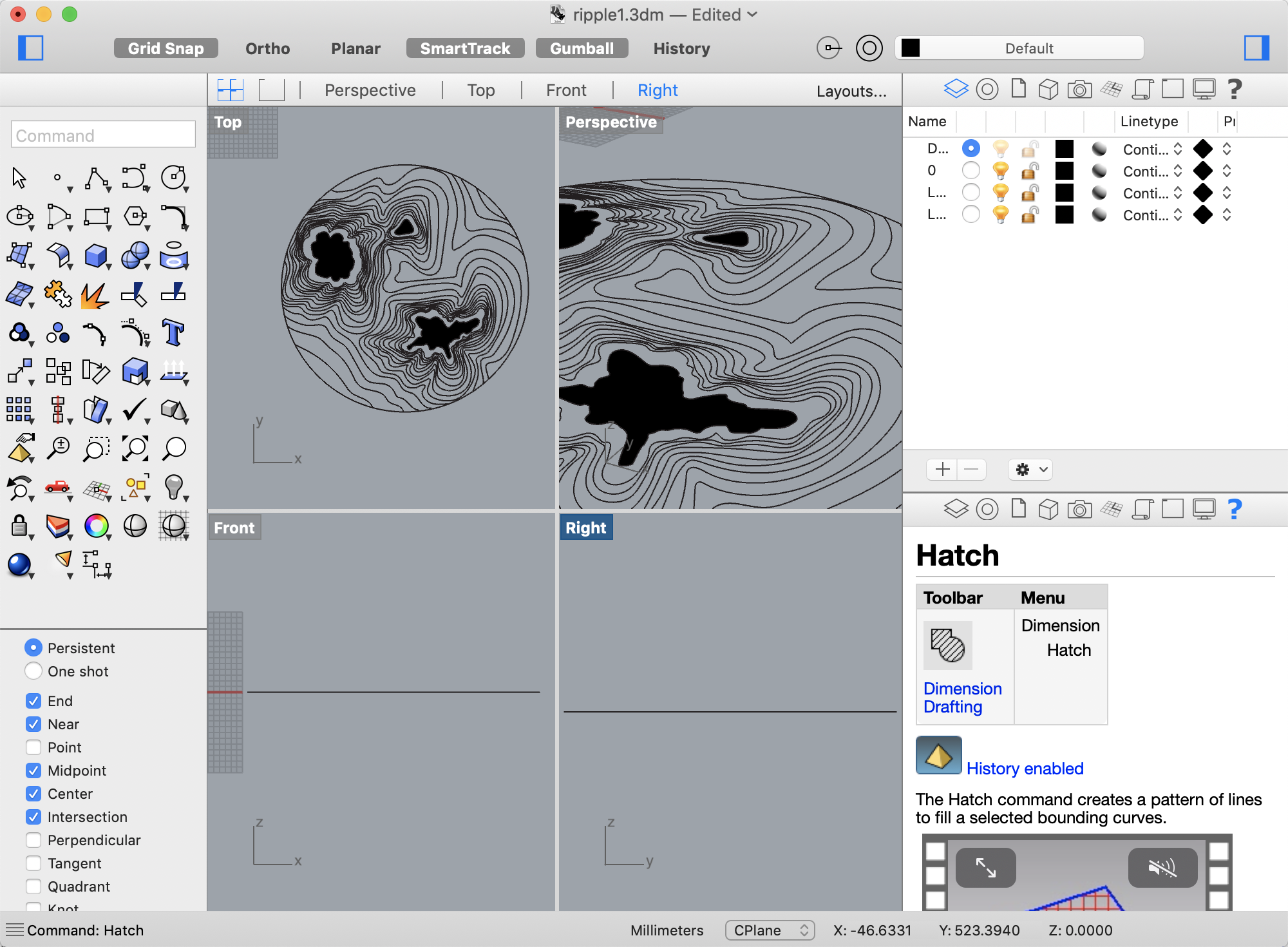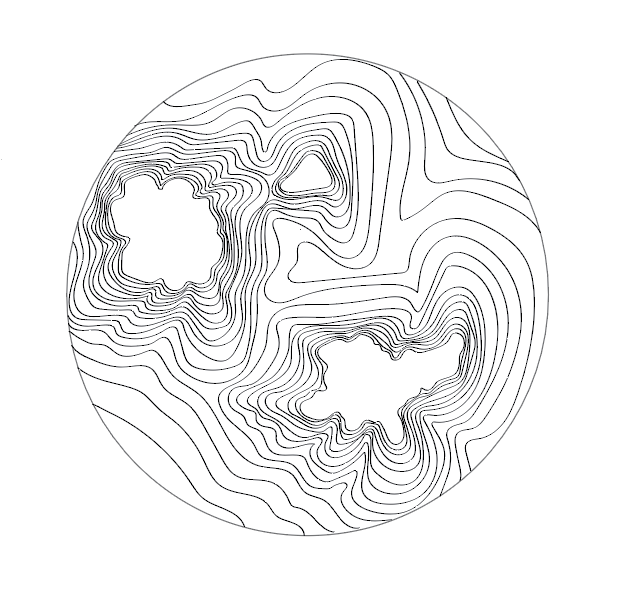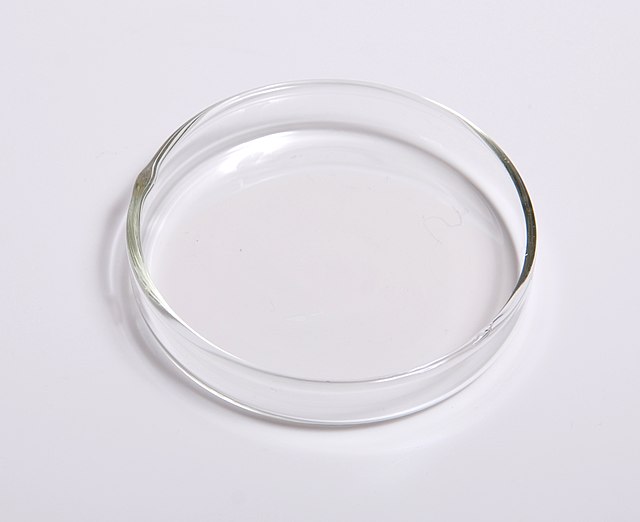UPDATED LAB SCHEDULE
Now that the project has the formal go-ahead, I am moving into lab mode and have determined some of the key milestones for the next months.
1: Training & Prep: 1 – 2 weeks
Training with HBVP cells include:
- Thawing and culturing cells, making media, working in a biosafety cabinet and maintaining sterility, light microscopy
- Learn to use the autoclave and prepare petri dishes and glass vessels for culture
- Coat petri dishes and glass vessels with poly-l-lysine for cell adhesion, test with HBVP cells
- Order media, reagents and kits
- Submit IBC approval forms
2: Cell culture of fibroid cells – 4 – 8 weeks
- Thawing and culture – grow up and freeze stocks of cells, light microscopy
- Ask Dietmar to send 3D scaffolds
- Grow and fix cells in petri dishes and glass vessels
- Fluorescent microscopy of cells
- Scanning Electron Microscopy (SEM) of cultured cells
- Transmission Electron Microscopy (TEM) of cultured cells
- Timelapse microscopy
- 3D cell seeding HBVPs and Fibroid cells – see differences in cell response.
- Wait for IBC approval
PROJECT: 3 months
3: Cell Immortalisation +
- Immortalisation of primary fibroid cells via established commercial kit (Applied Biological Materials (ABM) or Alstem cell immortalisation kits)
- Cell genetic profiling
- Cell culture of immortalised fibroid cells (optimisation of culture methods for 2D and 3D environments, cellular response and proliferation testing)
- Grow and fix cells in petri dishes and glass vessels
- Timelapse microscopy
4: iPSC production
- Reprogramming of primary cells to generate induced pluripotent stem cells (iPSCs) via established commercial kit (e.g. Epi5™ Episomal iPSC Reprogramming Kit available via Thermo Fisher)
- Development of Gastruloids, Organoids or Neurospheres (self-organised 3D cell masses)
- Cell culture of reprogrammed or immortalised fibroid cells (optimisation of culture methods for 2D and 3D environments, cellular response and proliferation testing)
- Timelapse microscopy
- If iPSC successful – create neurons and heart cells

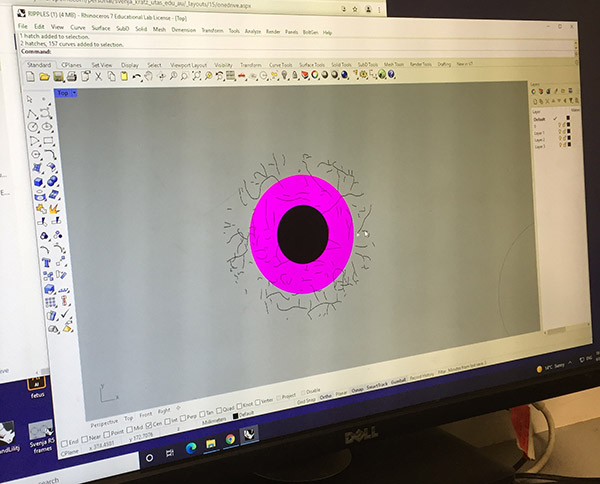
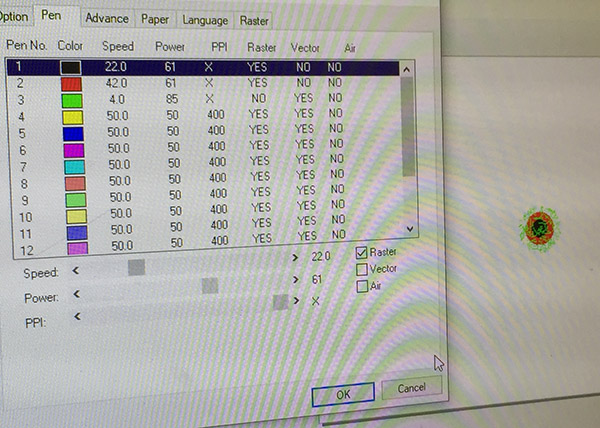
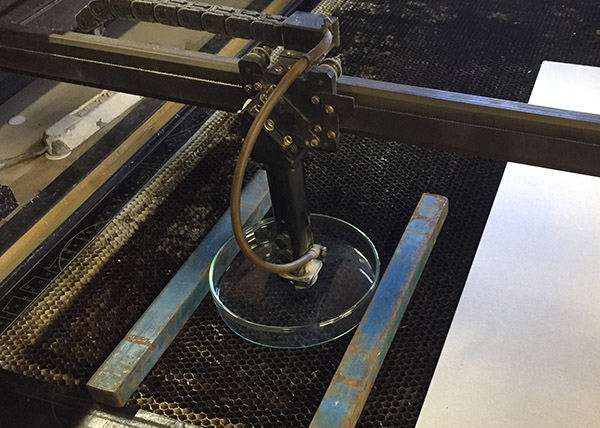
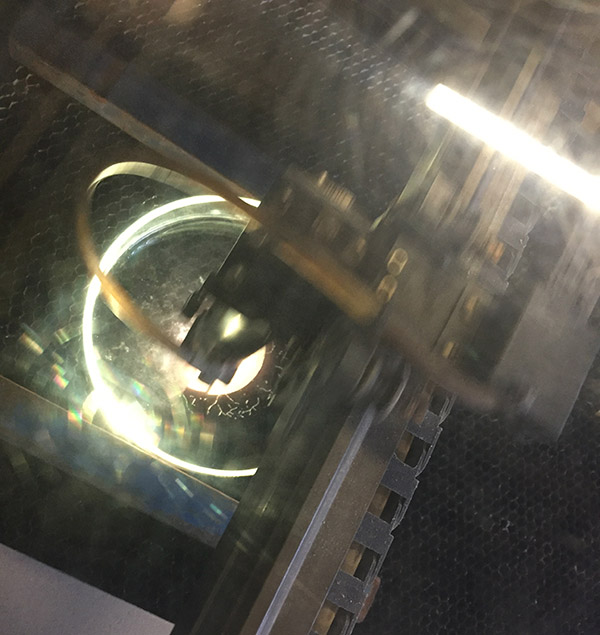 Laser in process.
Laser in process.